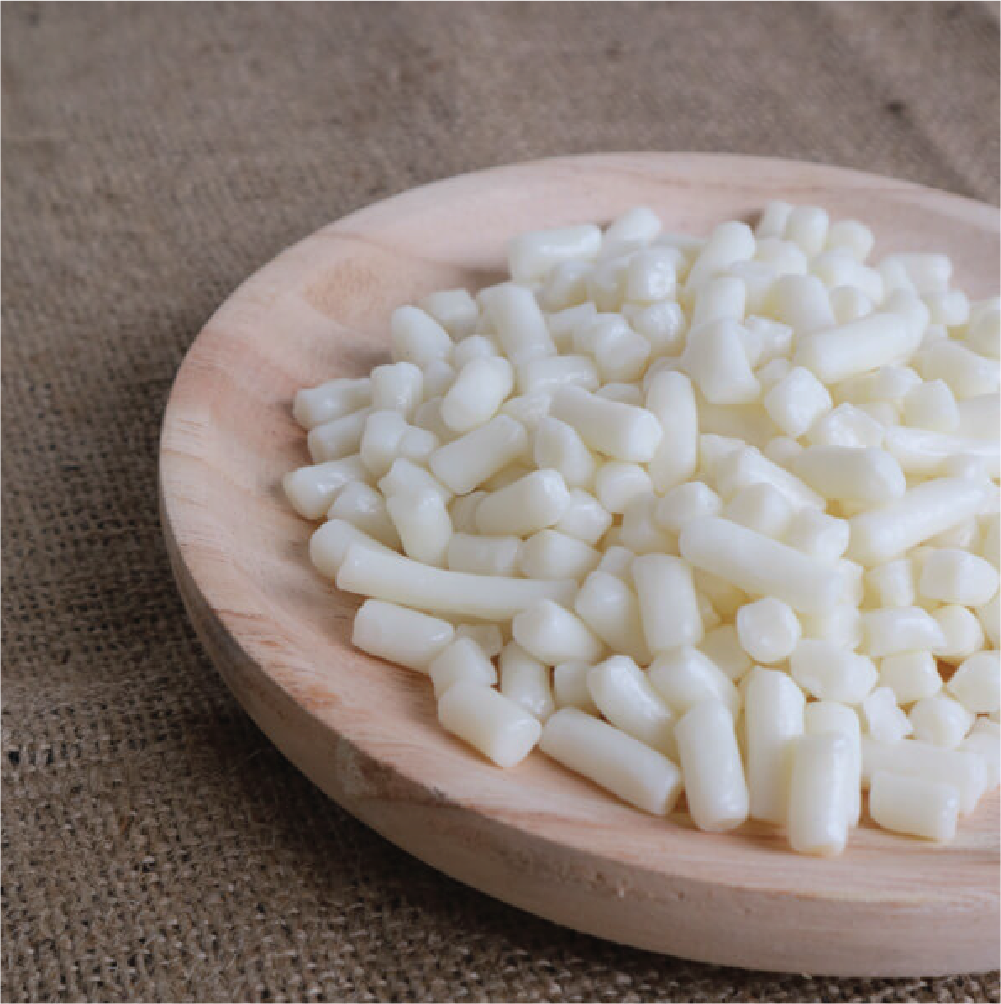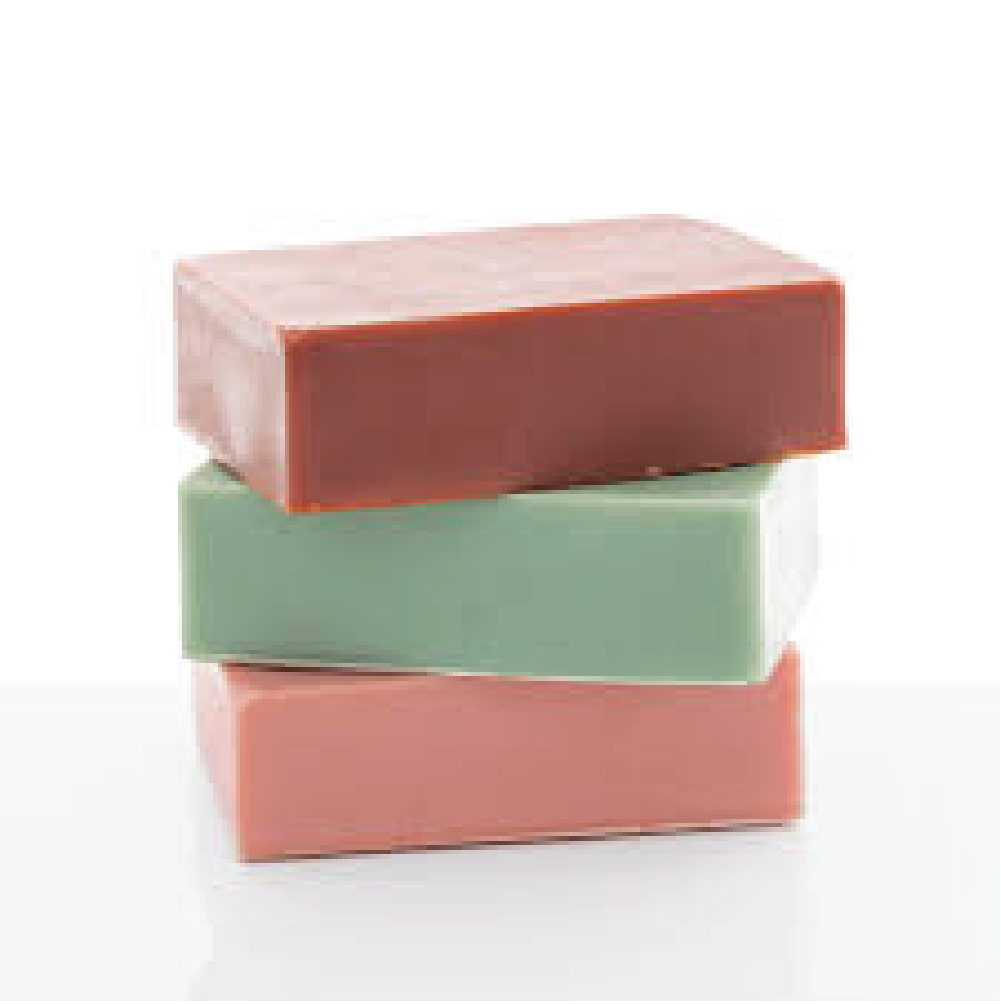non food
In close collaboration with our customers, we drive innovation of high-performing solutions that meet the requirements of today and tomorrow. As a multi-oil company, we provide tailored solutions based on a variety of raw materials, such as rapeseed, palm, soy and shea.
With our unique Co-Development approach and extensive knowledge, we support you with product development and enhanced performance – all the way from idea to product launch.

Used for

Soap noodles are the fatty acids derived either from vegetable oil or animal fats used as the main ingredient in the production of soap bars. It is produced from the saponification of neutral fats and oil, neutralization of fatty acid and saponification of methyl esters.

Palm kernel stearin is the palm fraction with the highest melting point. Solid at room temperature, it is white and neutral in flavor.

Palm stearin is the solid fraction of palm oil that is produced by partial crystallization at controlled temperature. It is a stearin in the sense of stearins and oleins being the solid and liquid fractions respectively of fats and oils; not in the sense of glyceryl tristearate.
It is more variable in composition than palm olein, the liquid fraction of palm oil, especially in terms of its solid fat content, and therefore has more variable physical characteristics. Like crude palm fruit oil, palm stearin contains carotenoids, but physically refined palm oils do not, as they are removed or destroyed in the refining process.

Producing renewable fuels using PFAD is good for the climate. It is an efficient way to use waste generated through the palm oil refining process, preventing PFAD from going to literal waste. A by-product that is undesirable from the food industry perspective can be very desirable for other sectors.

Glycerine is a multi-functional product used in a wide variety of applications such as anti-freeze agents, tobacco products, surface coatings, paper and more. Glycerine is a sugar alcohol compound and has three hydroxyl groups that are responsible for its solubility in water and its hygroscopic nature. The glycerine content of the produced glycerine is always minimum 99.5 percent (typically 99.9 percent).
